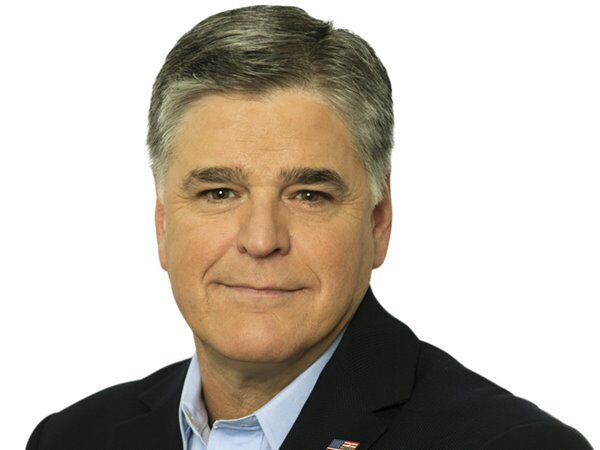Maryland leaders tell Trump they don't need the National Guard to curb gun violence
News > Politics & Government News

Audio By Carbonatix
6:44 PM on Friday, September 5
By LEA SKENE
BALTIMORE (AP) — In a pointed show of solidarity against President Donald Trump, state and local leaders walked through one of Baltimore’s most historically underserved neighborhoods Friday evening amid ongoing efforts to curb gun violence.
Those efforts are working, Gov. Wes Moore said. Homicides in Baltimore have reached historic lows with sustained declines starting in 2023. He said the last thing Baltimore needs is the National Guard presence Trump has threatened.
“We do not need occupiers,” Moore said to a crowd of law enforcement officers, anti-violence advocates, local clergy and other community leaders who gathered in northwest Baltimore’s Park Heights neighborhood.
Moore wrote a letter to the president last month inviting him to visit Baltimore and see its recent success firsthand. Officials attribute the progress to their crime-fighting strategies, which include social services meant to address the root causes of violence.
In an escalating feud over public safety, Trump responded to the invitation by calling Baltimore “a horrible, horrible deathbed” and insulting Maryland leaders.
“I’m not walking in Baltimore right now,” he said.
His refusal prompted state and local leaders to present a strongly united front.
Moore, a U.S. Army veteran, criticized Trump for using National Guard members to send a political message in a “purely theatrical” show of force.
Baltimore Mayor Brandon Scott joined the governor Friday in his childhood home of Park Heights. The sprawling majority-Black community in northwest Baltimore has suffered from decades of disinvestment, but Scott has made a point of investing in its future. Park Heights once boasted a thriving economy and picturesque tree-lined streets surrounding the historic Pimlico Race Course. But white flight and other factors led to increased rates of poverty, violence and economic decline.
As the group started walking, they chanted: “We all we got, we all we need.” They passed a dollar store and other rundown businesses. They turned down a residential street where people waved from the porches of brick rowhomes.
Kevin Myers, a longtime Park Heights resident, was climbing into his truck when the group passed. He said Baltimore leaders are making him proud.
“Let Trump know you can handle Baltimore,” he yelled to the mayor, who smiled widely in response.
Another man briefly heckled the group, saying the event was just a media stunt, not proof that elected officials are truly committed to helping the community.
Scott has repeatedly accused Trump of using racist rhetoric and targeting Black-led cities with his promises to deploy National Guard troops. In remarks after the walk, he urged Baltimore residents to push back against that rhetoric.
“Do not shrink. Stand up in the moment,” he said. “So a hundred years from now … they will know that you stood up to fascism, that you stood up to racism, that you stood up to folks who were trying to destroy your democracy.”
Earlier this week, the president renewed his threats to send National Guard troops to Baltimore, though he appeared more focused on Chicago. He has already sent troops into Los Angeles and Washington, where he has also federalized the police force. He has said he plans similar moves in other Democrat-run cities even as a federal judge on Tuesday deemed the California deployment illegal.
This isn’t the first time Trump has taken aim at Baltimore. He previously called the city a “disgusting, rat and rodent infested mess.” Those comments came amid the president’s attacks on Democratic Rep. Elijah Cummings, whose district included Baltimore until his death in 2019.
In his letter to the president, Maryland’s governor noted recent cuts to federal funding for violence intervention programs. He asked Trump to “be part of the solution, not the problem.”
Homicides and shootings in Baltimore have plummeted over the past two years. The city recorded 201 homicides in 2024, the lowest annual total in over a decade and a 23% drop from the previous year. The downward trend has continued throughout 2025, including the lowest number of homicides on record for the month of August. It is a relief for Baltimore, where violence surged following the 2015 in-custody death of Freddie Gray and subsequent protests against police brutality.
While Baltimore’s numbers are especially dramatic, other cities are also seeing post-pandemic declines in violence.
Baltimore officials say that is because they are taking a holistic approach to public safety, instead of relying solely on law enforcement. The city is investing in historically neglected communities to help address the myriad factors that perpetuate cycles of gun violence: hopelessness, joblessness, poverty, mental health, substance abuse, housing instability, poor conflict resolution and more.
















